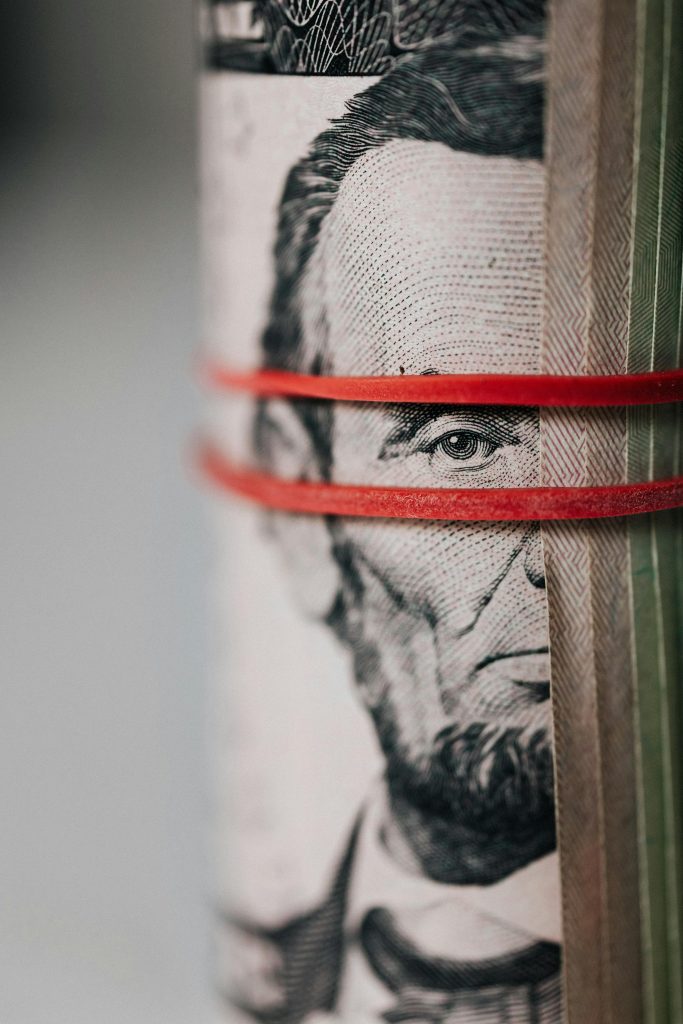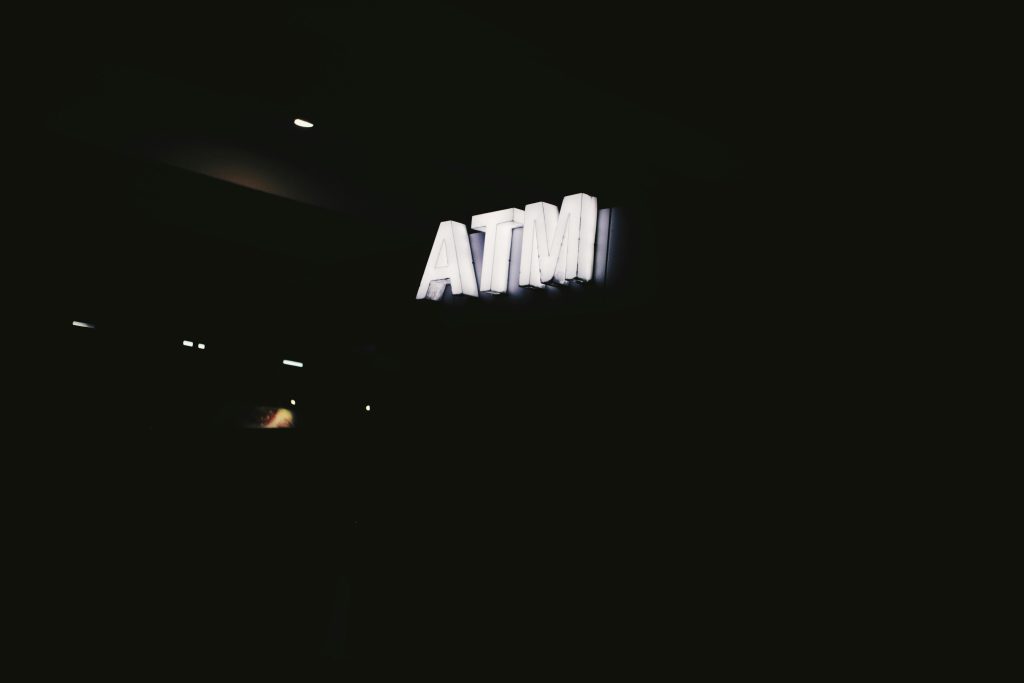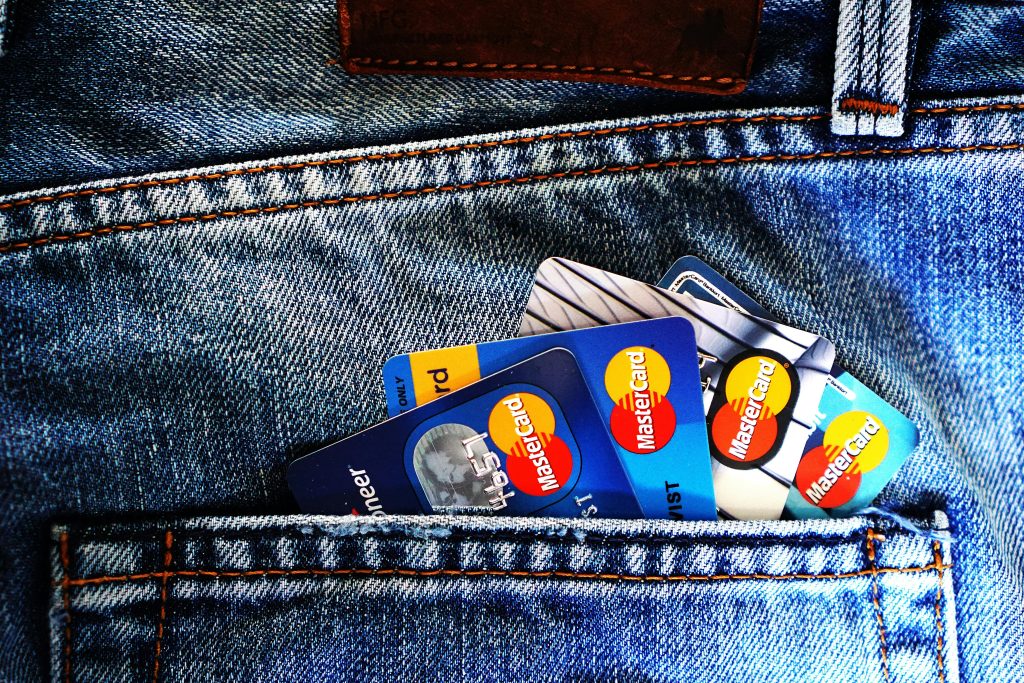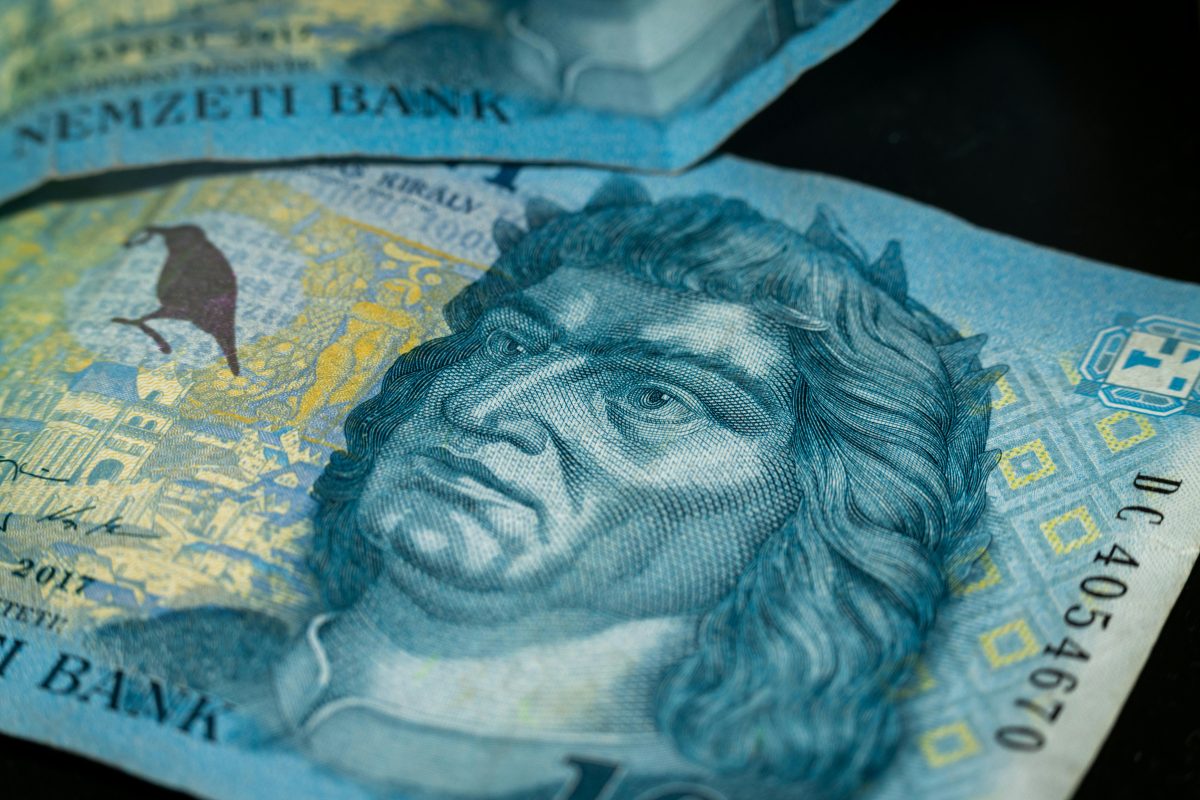Your trip to Budapest can get even more interesting. Transform your Budapest adventure into an unforgettable experience with my exclusive market and food tours. Join me for a private or small group tour of two of Budapest’s most vibrant markets. Discover hidden gems, savor local flavors, and immerse yourself in the city’s rich culture. Let me be your guide to an authentic Budapest experience! I offer private and small group market and food tours. You can read more about here or you can book the experience here.
About the currency
The official currency of Hungary is called Forint. While Hungary is a member of the EU, it is not a member of the Eurozone – a similar country in this regard is Sweden. This doesn’t mean Euros are not accepted, it means that we have our own currency that we use and prefer. Euros are widely accepted, however in most instances the conversion rate will be pretty unfavorable. For example the restroom at the Great Market Hall cost 200 forints but if you decide to pay it in Euros it will cost you 1 euro which, at the time of writing this article, is roughly 390 forints. Some very touristy places might even accept US Dollars but the conversion will be even worse.

Do You really need cash in hand?
Of course the question has to be asked in today’s world: do you need cash at all? While accepting cards is now mandatory in Hungary with only a very few exceptions, cash isn’t necessary, but on rare occasions a vendor might not let you use your card or simply would claim the reader is out of order. I recommend keeping some cash at hand for tips or small sum purchases. The other reason I prefer to pay with cash, especially at small businesses and mom and pop shops, is because the money stays with them. The bank takes 1-3% fee from the vendor with each transaction and I’d like to leave that money with the owners. Now since Forint is not the most common currency worldwide, it is absolutely understandable that the costs of actually getting it might be far greater than what they have to pay. Also with credit cards you have to make sure your bank allows you to use it abroad, and it’s worth knowing the costs associated with it. You can also order currency at your local bank. The less common the currency is the more time it will take for your bank to get it. It’s also worth asking your bank for how much and at what rate they could exchange money for you. This way you can arrive with some cash in your pocket.

How about ATMs?
You can use an ATM to get money out, but there are a few things to bear in mind. Your bank might charge you for an out of bank ATM fee, or an out of country fee, or any fee they see fit. There are cards (mainly debit) out there – especially in the US – that grant free worldwide ATM access. Well, you will be redeemed for the cost of the ATM fee. It is great news since you can just take out local currency from your account at an ATM. But, unfortunately again, not all ATMs are created equal. There are plenty of non-bank ATMs.You will find them in places frequented by tourists. One of the most notorious ones are the Euronet ATMs. The company is actually based out in Kansas and they found a way to make sure your hard earned money gets eaten up by fees. They have an ATM charge that is usually not covered by your bank, they also usually offer sums to take out that is way more than you’d need, so they can collect more fees. One time – against all my warnings – a guest decided to take out some Hungarian forints from a Euronet ATM. The lowest sum of money was 50.000 Forints which is 1/8th of the median income in Hungary, and around $130. We had to push a few buttons on the machine to get to a spot where we could actually set the sum the guest wanted to take out. That’s why you should always stick to bank operated ATMs either on a street or in an actual bank. The main banks you’ll find in Budapest are OTP (green) Erste (blue) Raiffeisen (yellow) K&H (light blue) CIB (green) just to name a few.
Can I exchange my money to Forint?
You can exchange some money you brought yourself, just make sure you check what the biggest amount that the given country allows you to bring in (in 2024 you have to fill out a declaration form over 10.000 Euros when you enter the EU). Banks are an OK place to exchange but they can overcharge you a bit. Now again it all depends on how much money you are planning on changing. Money exchange places like Exclusive Change and Correct Change are all good ways to exchange some cash and are usually the best options. The best way to know if you are getting the best bang for your buck is to check the rate at the given day. A simple google search will do just that. The next is to see how far the buy/sell price is from that amount. So for example if the USD/HUF rate is at 400 and they are buying dollars for 380 and selling dollars for 420 that’s pretty awful. If they are 5-10 forints from the conversion rate, that’s pretty good, the lower the better. Sticking with the example, 397/403 would be an excellent place to exchange money, and you probably won’t find a deal like that.

One more tip
I was asked multiple times what currency should you choose when there is an option. I always say that you should choose the local currency, in this case Forints. If you decide to pay with your country’s currency (US dollars, Canadian Dollars, Australian Dollars, etc.), a third party will handle the conversion which will be more costly. It depends on how much you are spending. The difference can be pretty hefty, around 7%.
I hope this information helps you plan your trip to Budapest. Have a wonderful time in this beautiful city!

